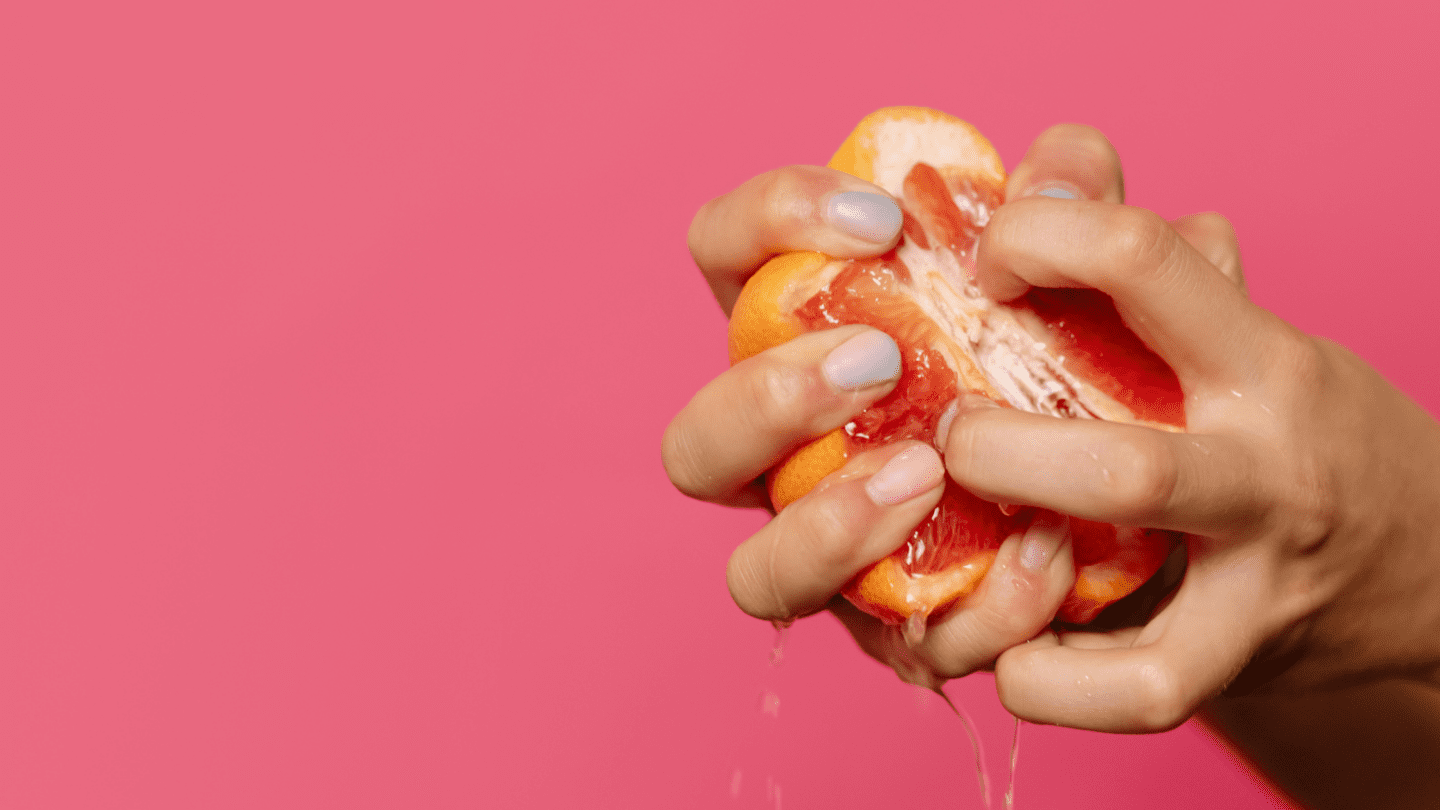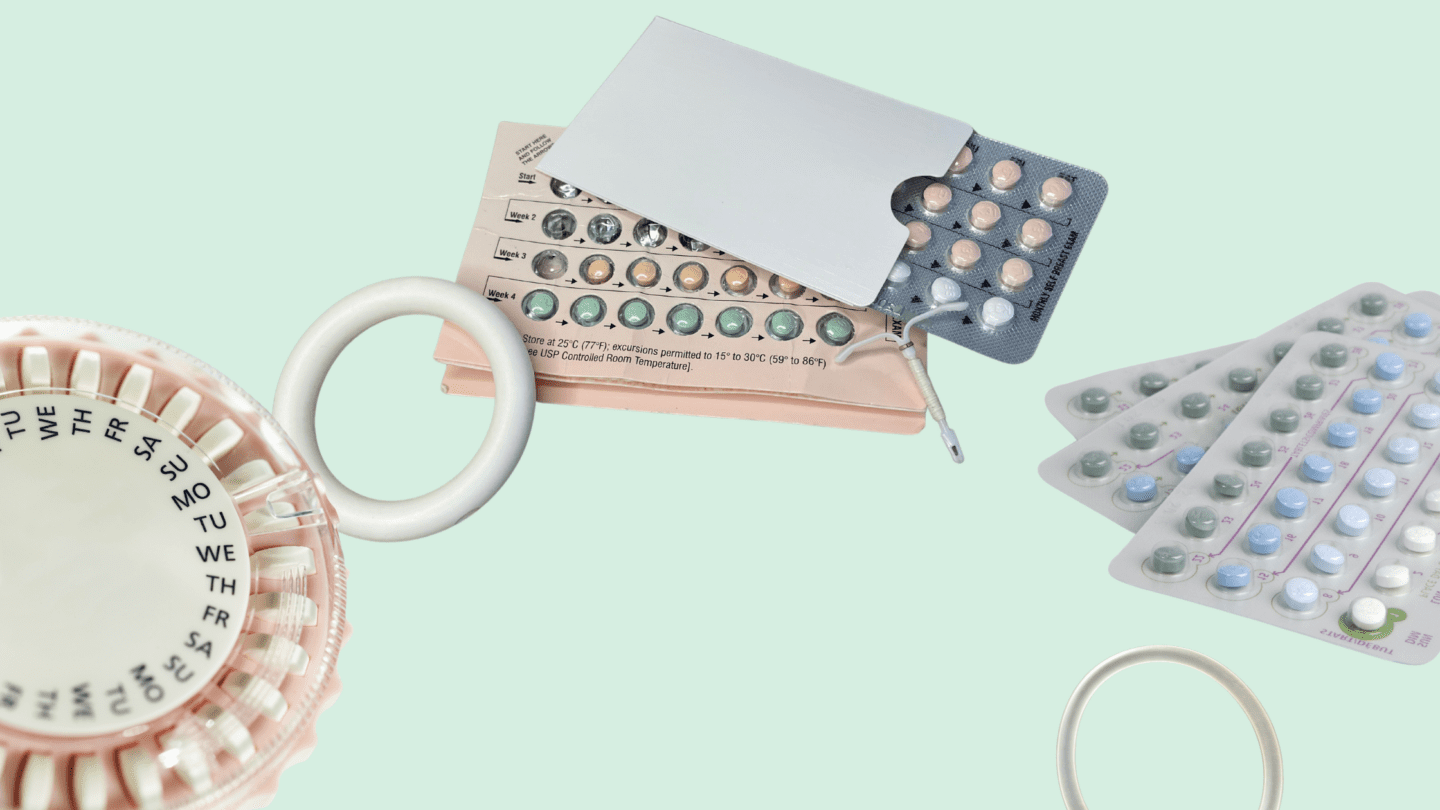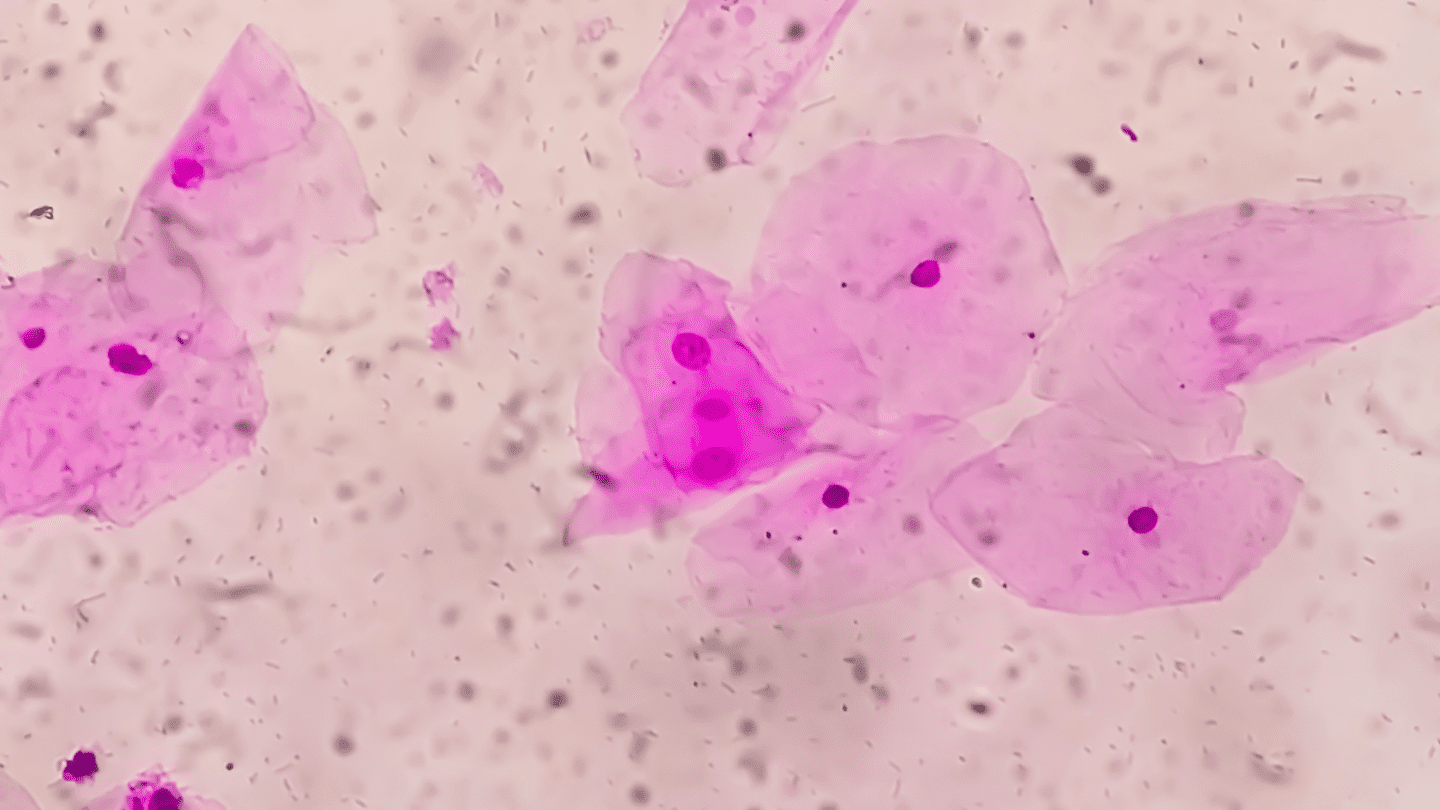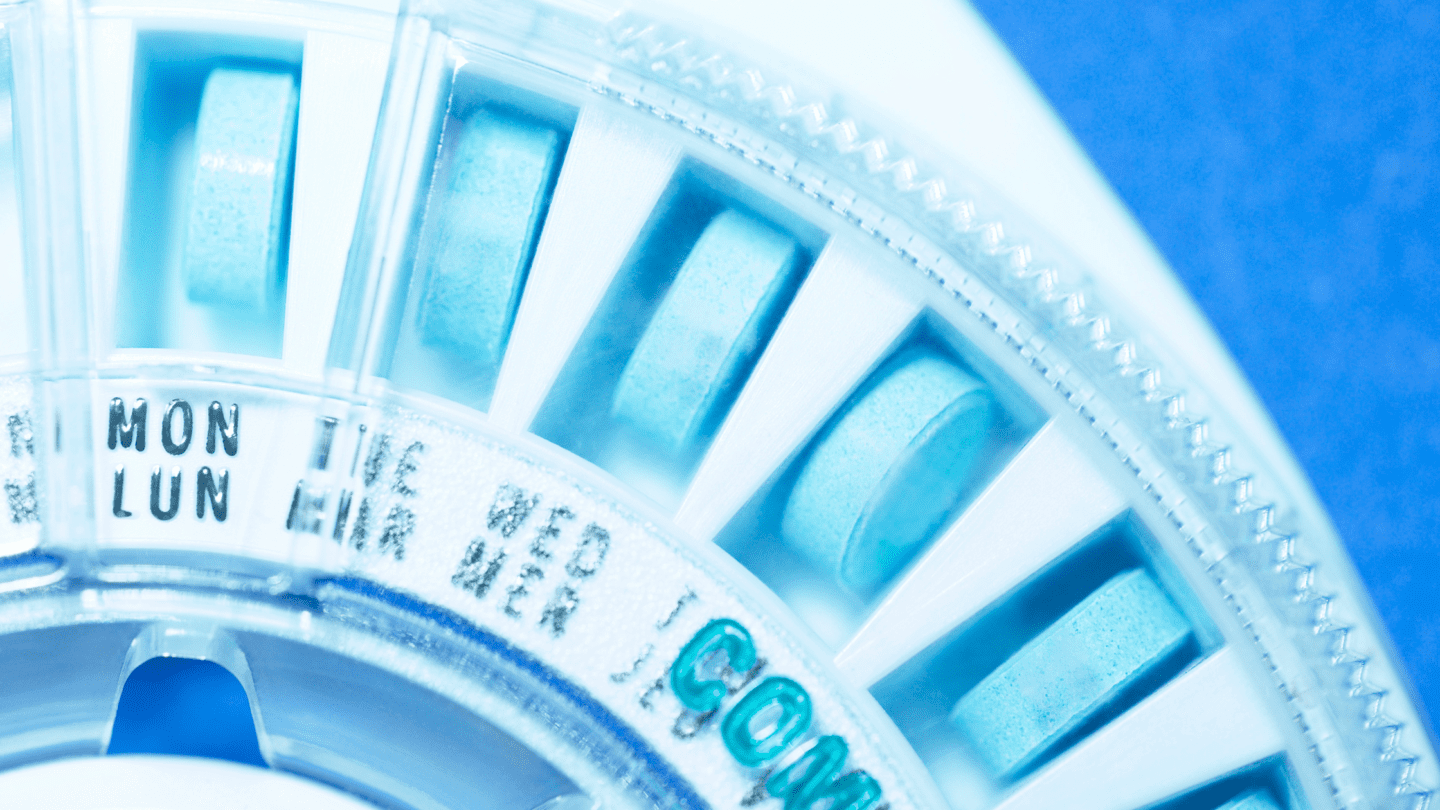If you get painful cramps during your period, you’re not alone — far from it. Up to 90% of people who get periods experience dysmenorrhea, AKA period cramps.1-2 For some people, the pain can be pretty minimal, but for others it can be severe, or even debilitating.3
Period cramps aren’t something you have to just deal with. There are options for reducing and maybe even eliminating these bouts of pain and discomfort. That includes . For many people, for period cramps is effective, something that’s backed up by years of scientific evidence.3
The hormones in work to lessen period cramps, and the evidence shows that it’s effective for a lot of people.4 But hormonal birth control, while it can be really effective for cramps, doesn’t always have the same effect for everyone (this can apply to other side effects associated with , too). It’s important to find the right for your body and your needs.
What causes period cramps?
Period cramps are caused by compounds called prostaglandins that your releases during your period.3 Our bodies normally make prostaglandins in response to an injury — they cause inflammation at the injury site, and make you more receptive to pain. That’s a helpful thing when you have a cut on your foot, but not so much during your period. Prostaglandins can also cause uterine contractions.3
Period cramps caused by prostaglandins are called primary dysmenorrhea, and it’s the most common type.3 Various studies offer different estimates, but many show that more than half – and perhaps up to 90% – of people who get periods experience primary dysmenorrhea.5 Period cramps can also be caused by conditions like or , which is called secondary dysmenorrhea.3
The severity of period cramps varies a lot. For many people, it might range from slightly uncomfortable to fairly annoying, but for others, it can be really bad. Again, estimates vary, but studies show that anywhere from 2-29% of people who get period cramps say the pain is severe or even debilitating.5 That can translate into missed days of work or school, or difficulty doing daily activities. In general, period cramps tend to go underreported: there’s a long history of women being told to “put up with it,” or “everyone gets bad cramps”. This likely means that most people are suffering more than they let on.3
Symptoms of period cramps:3
- Pain starts right before or at start of menstruation
- Pain starts in the lower abdomen, and can radiate to lower back and/or legs
- Pain goes away within 72 hours most of the time
- Pain comes and goes
- Symptoms feel similar from one period to the next
People with a family history of period cramps are at a higher risk themselves. Cramps also tend to get better as you age, and end at .3
Does help with period cramps?
Many studies find helps relieve pain from period cramps.4 By thinning the lining of the , the hormones in reduce the amount of prostaglandins being made, which cuts down on period cramp symptoms.4 is a common option for period cramps — a study by the Guttmacher Institute showed that more than 30% of people taking listed relief from menstrual pain as one reason they were taking it.6
More than 30% of people taking listed relief from menstrual pain as one reason they were taking it.
A review of ten different studies examining and period cramps found that most showed was effective at relieving pain.4 One of the largest studies involved nearly 100,000 people taking and found that 65% of them said it helped their period cramp pain.7 So, there’s solid evidence that helps with cramps.
One of the largest studies involved nearly 100,000 people taking and found that 65% of them said it helped their period cramp pain.
The interactions between your body and the hormones in are unique and complex. For some people, a certain kind of might actually make period pain worse, especially at first.8 That doesn’t mean can’t help with your period cramps, but it does mean that finding the right option for you is really important.
Types of for period cramps
Most of the evidence we have for relieving period cramps comes from studies of the birth control pill and s (IUDs). The review study compared different kinds of birth control pills, including combined pills and progestin-only pills (the mini pill), and found no difference between any of them.4 The authors did note, though, that many of the existing studies aren’t high quality enough to draw really firm conclusions.
A study comparing the birth control pill to IUDs found that both helped with period pain equally.8 It also found that the copper IUD didn’t make period pain worse, which some older studies had suggested, though it can still cause pain for some users.
Like what you’re reading? Get the latest straight to your inbox 💌
Right now, the evidence that other options like the ring, patch, or implant help with period pain is more limited. They contain the same hormones as other methods of so they may relieve period pain in the same way, but we’re still waiting on high-quality studies to test that out. One study of more than 5,000 people in Germany did find the ring helped with period pain.9 Another small study looking at the patch found it helped period pain in 39% of the respondents, but made it worse in 11%.10
One potential nuance relates to the cadence with which you take your . Some birth control pill studies show that continuous use works better for reducing period pain when compared to cyclic methods that include a week.11 So if you use options like the ring or patch, which can include a week free of , or take a placebo week while using the birth control pill, you might not benefit as much from their period cramp relief.
Is adyn right for you? Take the quiz.
Other methods to help with period cramp pain
Birth control is effective at reducing period cramps for many people. But it’s not always totally effective, and it doesn’t work for absolutely everyone. If isn’t helping with your menstrual pain, don’t worry, it’s not uncommon. Still, it might be a good idea to check with your doctor to rule out some of the other causes of menstrual pain, like .
There are a few other time-tested options for relieving period pain, including over-the-counter pain relief like ibuprofen or Aleve, as well as heating pads for your abdomen, hot showers, and massages.12 Some studies also show that supplemental vitamin D helps with period pain.13 One study split participants into two groups: one taking Vitamin D and a control group that did not. During the two-month duration of the study, no one in the group receiving Vitamin D was using pain relievers, compared to 40% of people in the control group who were.14
Birth control is medicine
Hormonal is used for so many things that aren’t . The hormones in help with period pain, but also heavy bleeding, headaches, mood changes, acne, and more.
Finding the right for you isn’t just about preventing a pregnancy; it can also be an important part of being healthy. That makes finding the best for your body even more important.
Your journey will look different than anyone else’s. Start it today with adyn.
-
- Tavallaee, M., Joffres, M. R., Corber, S. J., Bayanzadeh, M., & Rad, M. M. (2011). The prevalence of menstrual pain and associated risk factors among Iranian women. The journal of obstetrics and gynaecology research, 37(5), 442–451. https://doi.org/10.1111/j.1447-0756.2010.01362.x
- Parker, M. A., Sneddon, A. E., & Arbon, P. (2010). The menstrual disorder of teenagers (MDOT) study: determining typical menstrual patterns and menstrual disturbance in a large population-based study of Australian teenagers. BJOG : an international journal of obstetrics and gynaecology, 117(2), 185–192. https://doi.org/10.1111/j.1471-0528.2009.02407.x
- Ferries-Rowe, E., Corey, E., & Archer, J. S. (2020). Primary Dysmenorrhea: Diagnosis and Therapy. Obstetrics and gynecology, 136(5), 1047–1058. https://doi.org/10.1097/AOG.0000000000004096
- Wong, C. L., Farquhar, C., Roberts, H., & Proctor, M. (2009). Oral contraceptive pill for primary dysmenorrhoea. Cochrane Database of Systematic Reviews, 2009(4). https://doi.org/10.1002/14651858.cd002120.pub3
- Ju, H., Jones, M., & Mishra, G. (2014). The prevalence and risk factors of dysmenorrhea. Epidemiologic reviews, 36, 104–113. https://doi.org/10.1093/epirev/mxt009
- Jones, Rachel. (2011). Beyond Birth Control: The Overlooked Benefits
- Of Oral Contraceptive Pills. Guttmacher Institute. https://www.guttmacher.org/sites/default/files/report_pdf/beyond-birth-control.pdf?utm_source=baytoday.ca&utm_campaign=baytoday.ca%3A%20outbound&utm_medium=referral
- Brill, K., Norpoth, T., Schnitker, J., & Albring, M. (1991). Clinical experience with a modern low-dose oral contraceptive in almost 100,000 users. Contraception, 43(2), 101–110. https://doi.org/10.1016/0010-7824(91)90037-g
- Lindh, I., & Milsom, I. (2013). The influence of intrauterine contraception on the prevalence and severity of dysmenorrhea: a longitudinal population study. Human reproduction (Oxford, England), 28(7), 1953–1960. https://doi.org/10.1093/humrep/det101
- Brucker, C., Karck, U., & Merkle, E. (2008). Cycle control, tolerability, efficacy and acceptability of the vaginal contraceptive ring, NuvaRing: results of clinical experience in Germany. The European journal of contraception & reproductive health care : the official journal of the European Society of Contraception, 13(1), 31–38. https://doi.org/10.1080/13625180701577122
- Creinin, M. D., Meyn, L. A., Borgatta, L., Barnhart, K., Jensen, J., Burke, A. E., Westhoff, C., Gilliam, M., Dutton, C., & Ballagh, S. A. (2008). Multicenter comparison of the contraceptive ring and patch: a randomized controlled trial. Obstetrics and gynecology, 111(2 Pt 1), 267–277. https://doi.org/10.1097/01.AOG.0000298338.58511.d1
- Damm, T., Lamvu, G., Carrillo, J., Ouyang, C., & Feranec, J. (2019). Continuous vs. cyclic combined hormonal contraceptives for treatment of dysmenorrhea: a systematic review. Contraception: X, 1, 100002. https://doi.org/10.1016/j.conx.2019.100002
- Mayo Clinic Staff. Menstrual cramps. (Apr 2022) Mayo Clinic. https://www.mayoclinic.org/diseases-conditions/menstrual-cramps/diagnosis-treatment/drc-20374944
- Chen, Y. C., Chiang, Y. F., Lin, Y. J., Huang, K. C., Chen, H. Y., Hamdy, N. M., Huang, T. C., Chang, H. Y., Shieh, T. M., Huang, Y. J., & Hsia, S. M. (2023). Effect of Vitamin D Supplementation on Primary Dysmenorrhea: A Systematic Review and Meta-Analysis of Randomized Clinical Trials. Nutrients, 15(13), 2830. https://doi.org/10.3390/nu15132830
- Lasco, A., Catalano, A., & Benvenga, S. (2012). Improvement of primary dysmenorrhea caused by a single oral dose of vitamin D: results of a randomized, double-blind, placebo-controlled study. Archives of internal medicine, 172(4), 366–367. https://doi.org/10.1001/archinternmed.2011.715









